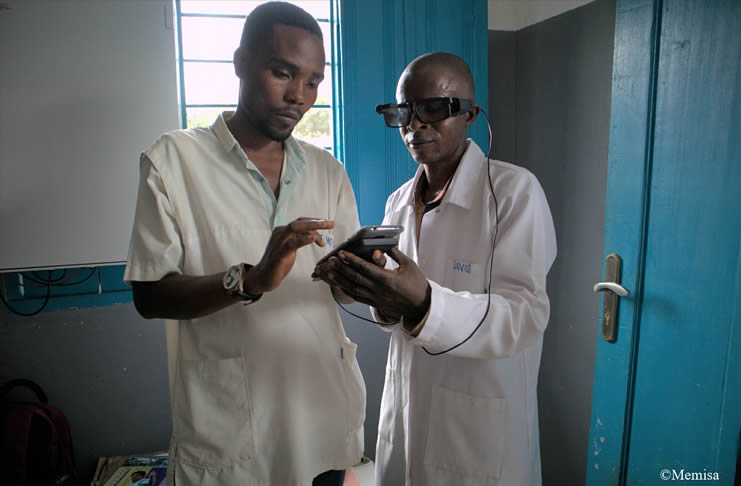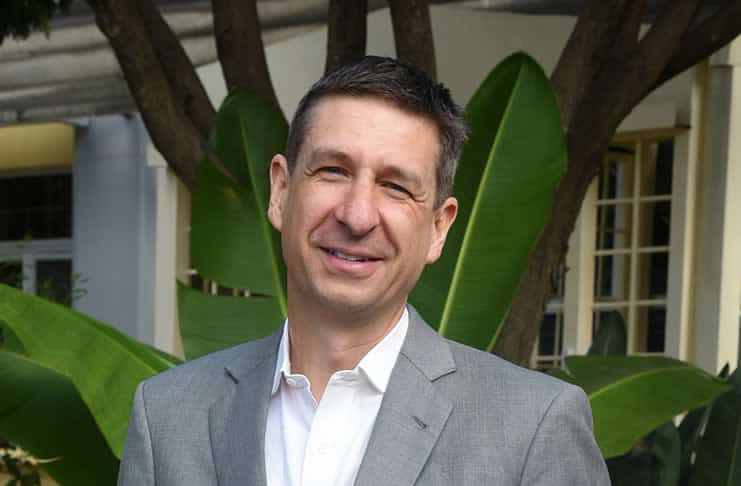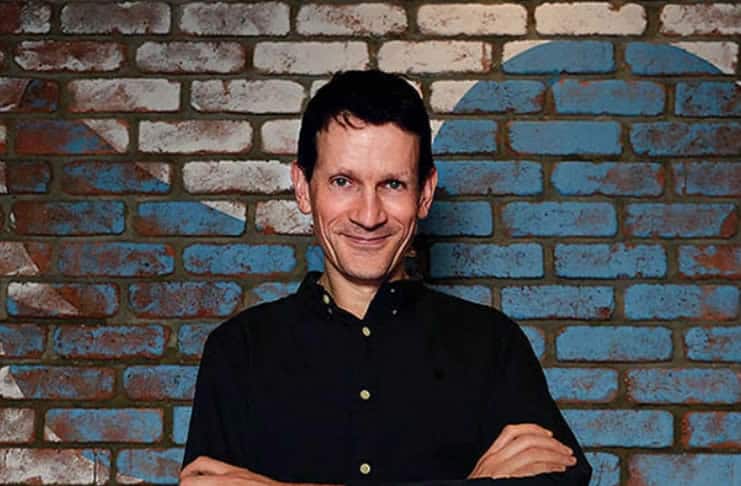
For over 20 years Richard Sedley has been in the creative and customer experience field. 16 of those years have been in the online and digital world. Richard focuses on psychology and persuasion in the context of creating employee and customer engagement.
Richard is currently the Commercial Director at Foviance and Course Director for Social Media at the Chartered Institute of Marketing. You can check out his blog here and his book: “Winners and Losers in a Troubled Economy” here. Richard was one of the key note speakers at i-SCOOP’s 2011 Fusion Marketing Experience in Brussels.
Richard defines the multi-channel marketing experience as: “The aggregated experience a customer has of a brand gained from all interactions across managed and unmanaged touch points for the duration of that relationship.”
The word engagement gets tossed around a lot today, but do you have a relevant definition for it? Richard defines it this way: “Repeated interactions which strengthen the emotional, psychological and physical investment a customer has in a brand.”
You probably know that many companies are struggling with integrating a multi-channel marketing approach. According to one survey Richard cited, 62% of brands responding admitted they did not have this very well integrated. People know it’s important, but there’s a gap between that recognition and implementation.
And certainly it isn’t easy! Over 60% of marketers have at least eight different touch points they are trying to coordinate and as Richard remarked, that can be a hellish thing to deal with. So, its not surprising that implementing a multi-channel approach isn’t easy for many.
In his presentation Richard focused on the challenges marketers are facing today. The first of these challenges is that we live in a fast paced attention demanding and distracting reality. The average time people have to concentrate on one task is about 2.7 minutes and that’s not much to say the least. The biggest interruption according Richard is “self interruption” where we jump around checking email, Twitter or Facebook and the like.
He’s right, while we may prefer to blame such things as email, Twitter or even a sunny day for fragmenting our attention, we really don’t have anyone or anything else to blame, but ourselves. It’s a question of discipline and if we are honest with ourselves, most of us would have to concede we don’t have it. We are the ones who react as would Pavlov’s dog to the sound of a new message bell.
So, what’s a solution to this discipline problem? Richard suggests using a technique where you hyper-focus on tasks in 25 minute segments then take a break. He claims this is highly effective for him. In fact, I’ve been trying this technique since returning from the conference and it’s been very effective. Following this cycle, I’ve found myself pounding my head on my desk a lot less and being more productive. It’s something you might want to try.






